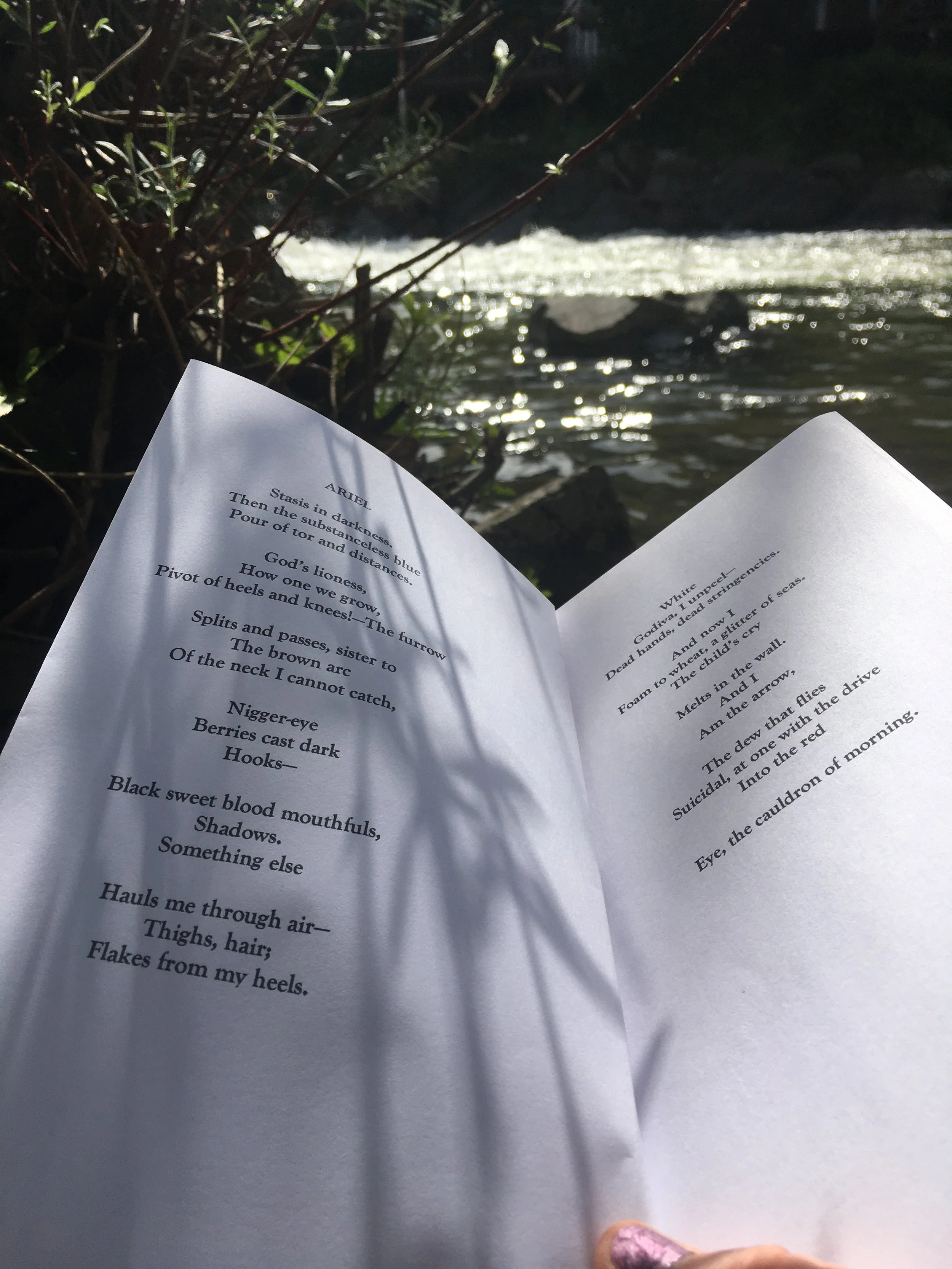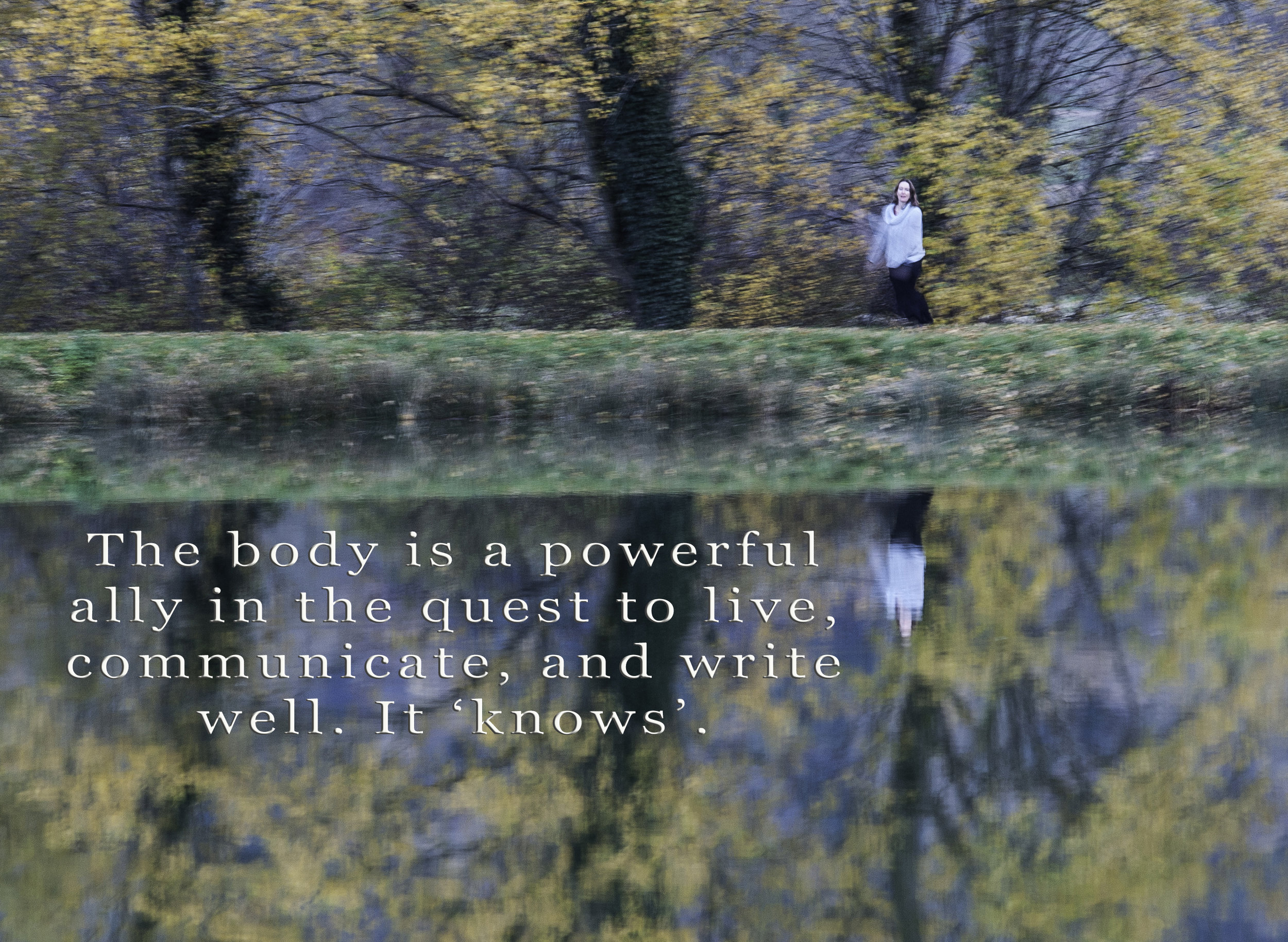From the archive: The Fire
/In the winter this house is heated solely by a wood-burning stove. It’s fairly labour intensive to chop logs.
And it takes commitment to keep bringing them in, to keep the fire burning through the day. But I love it. We have something alive, something wild at the centre of our world. It hisses and cracks and roars just like any other wild thing. The Beech wood, with its silvery snakeskin bark, lights easily and sizzles. The Oak, its raised bark like the tyre of a four-wheel drive truck, is frustrating slow to catch. But once it does it smolders enduringly, with an intense heat.
Like anything wild, you have to create a relationship with it, rather than impose your hurried ways upon it.
In the mornings if I’m anxious, or impatient, it never catches. If I bring patience to the task it’s ablaze in an instant. There’s a real art to fire lighting. Logs need the friction with other logs to burn, but there has to be enough air between the wood for them to breathe.
At first glance the flames have the delicacy of silk, and it’s alluring. But I know better. Their licking tongue is always hungry. The memory of the terrible smell of burnt hair and skin pricks sharp in my mind.
During the day, whenever I take a break from writing, and come down from my cold office, the fire is waiting. The orange flames endlessly shape-shifting remind me of my potential for creativity.
Some days my body has rigidified into the question mark shape of the anguished writer too long at her desk. Then, those flames laugh at the inflexibility of my body, and my words. They tickle and taunt me. It shifts me from my petty concerns.
On the worst writing days I’m thickheaded and wobbly-limbed. Then they seduce me back to life, stroking my face and my back. Painfully wonderful. They know that I’ll never write well with that tension in my mind and body. After these encounters, I go back to my desk with their enchanting laughter ringing in my ears.
Back in my cold office, I ask myself: how can I lay my words side by side so that they have space to breathe, but are close enough for their friction to make my stories blaze? How can my words form shapes as endlessly varied as flames? How can I release the energy contained in those words, but not be burnt in the process, or smother them for fear of the heat?
The Weekly Prompt
Observe a fire. Write about the shapes you see flickering in the flames. First, describe it using as wide a variety of verbs as possible. Then, relax your eyes a little. Now, what do you see? Let your imagination blaze.
First Published March 18th 2013














We unpeel those layers that have attached themselves over time, by finding word portals back to a freshness of thought and expression.